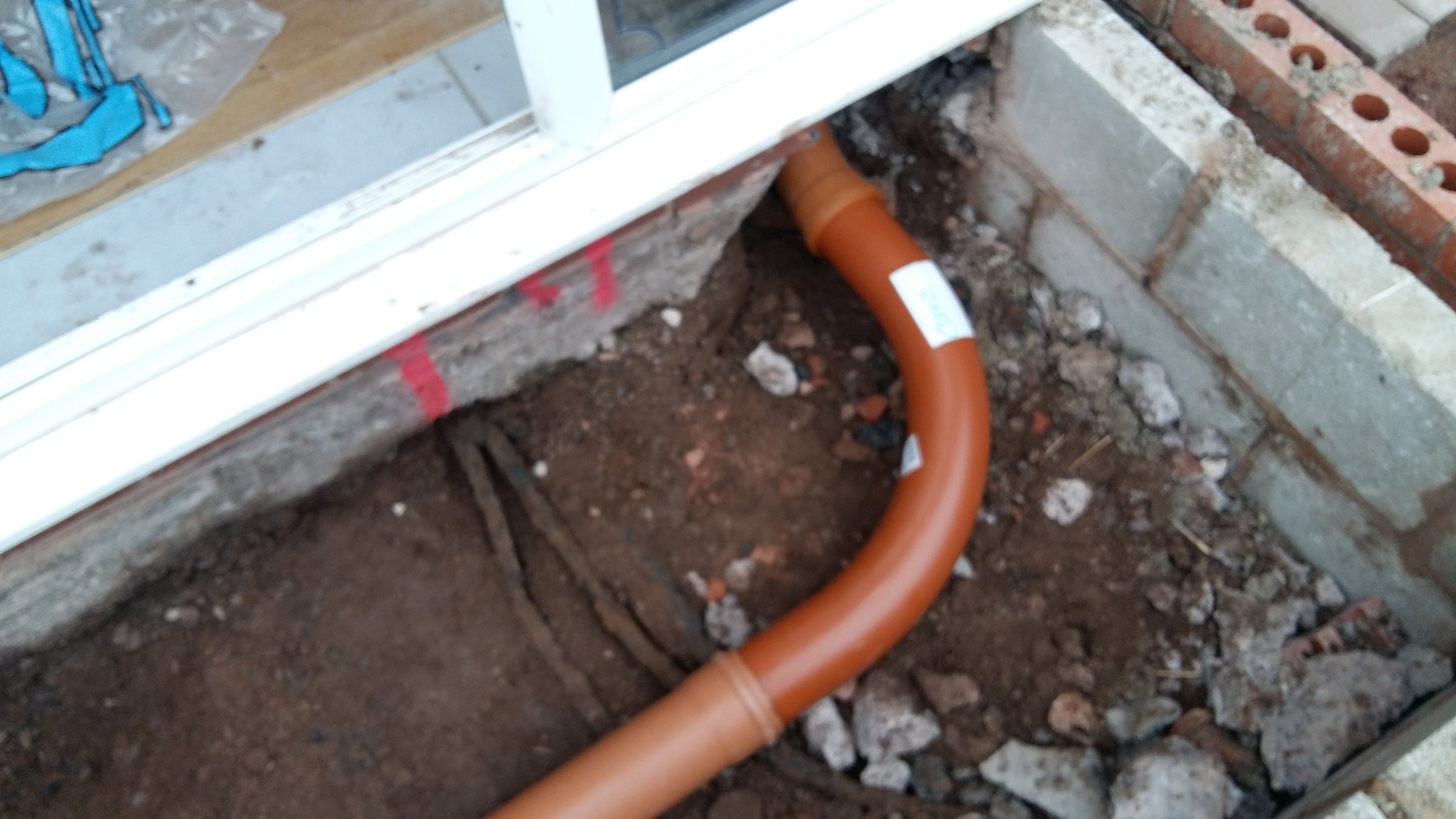I have always believed that no change of direction is allowed in foul drainage below ground.
However our builder we know well says that since nobody rods drainage anymore but uses power washers, building inspectors are more relaxed about allowing shallow bends below ground without requiring an means of access (IE inspection chamber, MH or rodding point).
We are starting a project next week that needs an inspection chamber moving outside the orangery and it has 3 incoming connections, the main and 2 from the same side. Can I move the inspection chamber, introduce bends to get the pipe runs to meet at the new location? The move is about 1200mm in a straight line with the main run.
TIA
Notch7
However our builder we know well says that since nobody rods drainage anymore but uses power washers, building inspectors are more relaxed about allowing shallow bends below ground without requiring an means of access (IE inspection chamber, MH or rodding point).
We are starting a project next week that needs an inspection chamber moving outside the orangery and it has 3 incoming connections, the main and 2 from the same side. Can I move the inspection chamber, introduce bends to get the pipe runs to meet at the new location? The move is about 1200mm in a straight line with the main run.
TIA
Notch7



